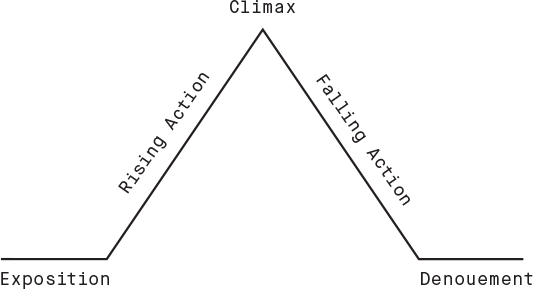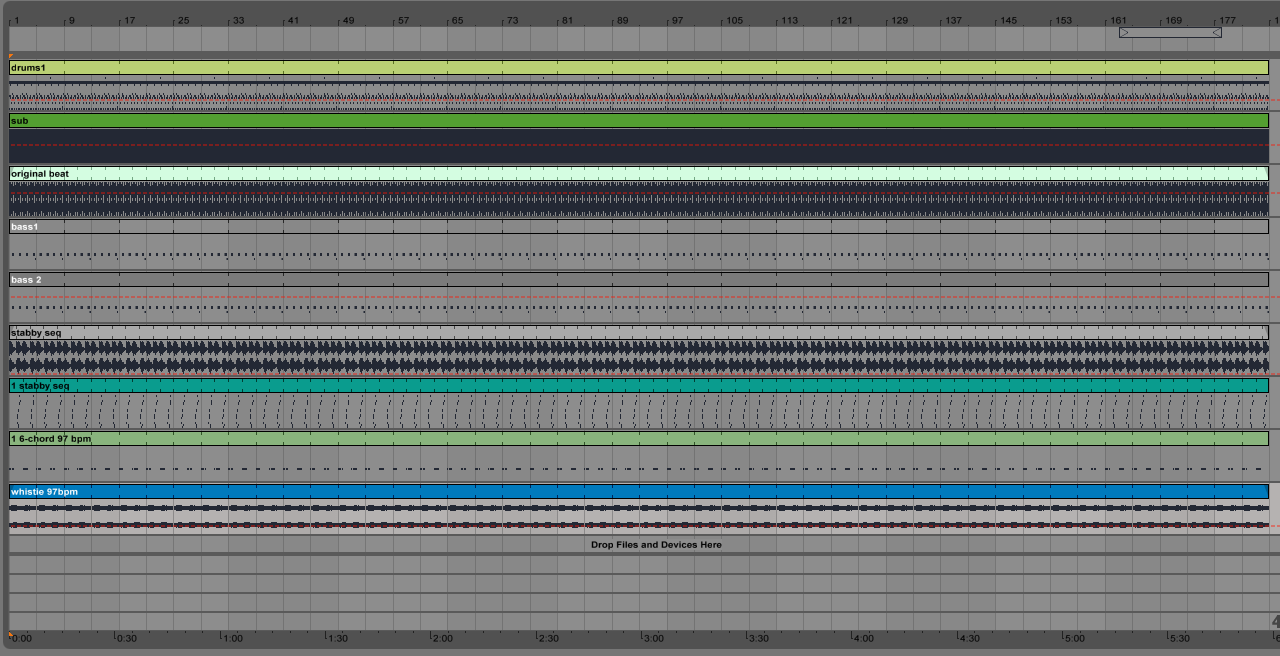A good musical arrangement is one that enhances the song's emotional impact and makes it more memorable.
Aspects of Arrangement
There are 3 aspects to arrangement, from the article The Art of Arranging a Song https://hyperbits.com/the-art-of-arranging-a-song/
1. Structural arrangement: movement of energy, sections and transitions in your music, e.g.
- verse / chorus / verse / chorus
- intro / build / drop / breakdown / build / drop
2. Instrumental arrangement: how the notes, chords, and melodies are laid out across the the different instruments in your ensemble.
3. Spatial arrangement: placing sounds by determining their volume, panning, and sense of presence.
Tips for Good Arrangement
Here are some tips for creating a good musical arrangement, from the article Hard Truths: Your Arrangement is More Important Than Your Mix. https://blog.landr.com/hard-truths-arrangement/
- Minimize conflict between parts in the same range: Avoid having multiple instruments playing in the same frequency range, as this can create a muddy sound.
- Add and subtract elements as the song develops: A good arrangement should build and evolve over time, adding and subtracting elements to keep the listener engaged.
- Don’t obscure the lead (vocal, rhythm): The lead vocal or rhythm should be the focal point of the arrangement, so make sure it's not drowned out by other elements.
- Prevention is better than cure: It's easier to prevent problems in the arrangement than to fix them later. So, plan your arrangement carefully before you start recording.
Method 1: Dramatic Arc
Method 2: Subtractive Arrangement
Start by immediately filling your entire arrangement with material, on every track.
At each stage of your song, cut away the parts that you don't need.
This method is explained in more detail at Ableton's Making Music website https://makingmusic.ableton.com/arranging-as-a-subtractive-process


Comments